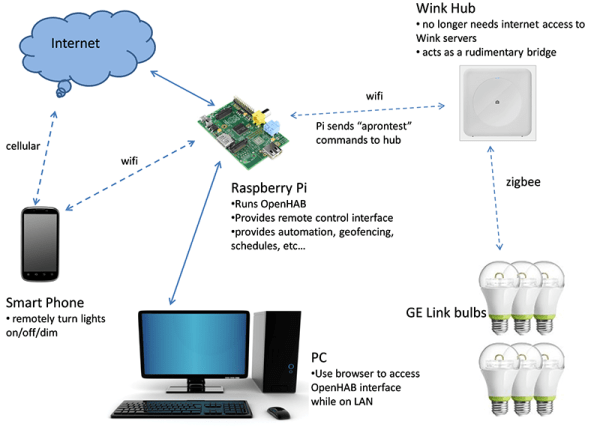Some folks at the i3Detroit hackerspace had an opportunity come up that would allow them to capture lightning in acrylic. They created a few Lichtenberg figures thanks to the help of a plastic tubing manufacturer, some lead sheet and a bunch of 1/2″ thick acrylic.
Lichtenberg figures are the 3D electrical trees found in paperweights the world over. They’re created through electrical discharge through an insulator, with lightning being the most impressive Lichtenberg figure anyone has ever seen. These figures can be formed in smaller objet d’art, the only necessity being a huge quantity of electrons pumped into the insulator.
This was found at Mercury Plastics’ Neo-Beam facility, a 5MeV electron accelerator that’s usually used to deliver energy for molecular cross linking in PEX tubing to enhance chemical resistance. For one day, some of the folks at i3Detroit were able to take over the line, shuffling a thousand or so acrylic parts through the machine to create Lichtenberg figures.
When the acrylic goes through the electron accelerator, they’re loaded up with a charge trapped inside. A quick mechanical shock discharges the acrylic, creating beautiful tree-like figures embedded in the plastic. There are a lot of pictures of the finished figures in a gallery, but if you want to see something really cool, a lead-shielded GoPro was also run through the electron accelerator. You can check out that video below.



















